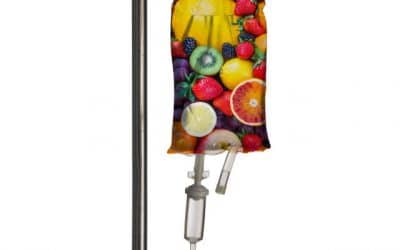Amyotrophic Lateral Sclerosis
Amyotrophic Lateral Sclerosis (ALS), also known as Lou Gehrig’s Disease, is a neurodegenerative disease that causes severe damage to a person’s upper and lower motor neurons(1). Motor neurons are responsible for muscle movement, so their degradation results in extreme weakness in the limbs as well as muscle atrophy. ALS also causes damage to the muscles that facilitate breathing, often making it fatal 2-4 years post-diagnosis(2). The mechanisms that contribute to ALS development and progression include impaired DNA repair, mitochondrial dysfunction, oxidative stress and neuroinflammation(3).
Currently, there are only two approved medications for ALS, both of which are only reported to be modestly effective(4-5). We strongly recommend our NAD+ Trio IV and as well as hyperbaric oxygen therapy for individuals with ALS. Pulsed-electromagnetic field therapy (PEMF) and certain supplements may also be used to provide additional support.
Extivita Therapies for ALS:
Extivita Therapies Amyotrophic Lateral Sclerosis:
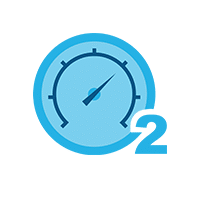
Hyperbaric Oxygen Therapy

Infrared Sauna
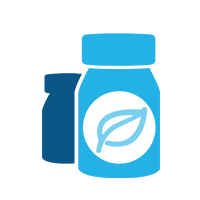
Supplements

Nutritional IV Therapy
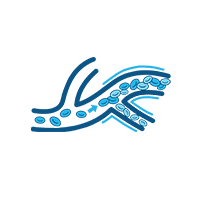
Pulsed Electromagnetic Field Therapy
Hyperbaric Oxygen Therapy for ALS:
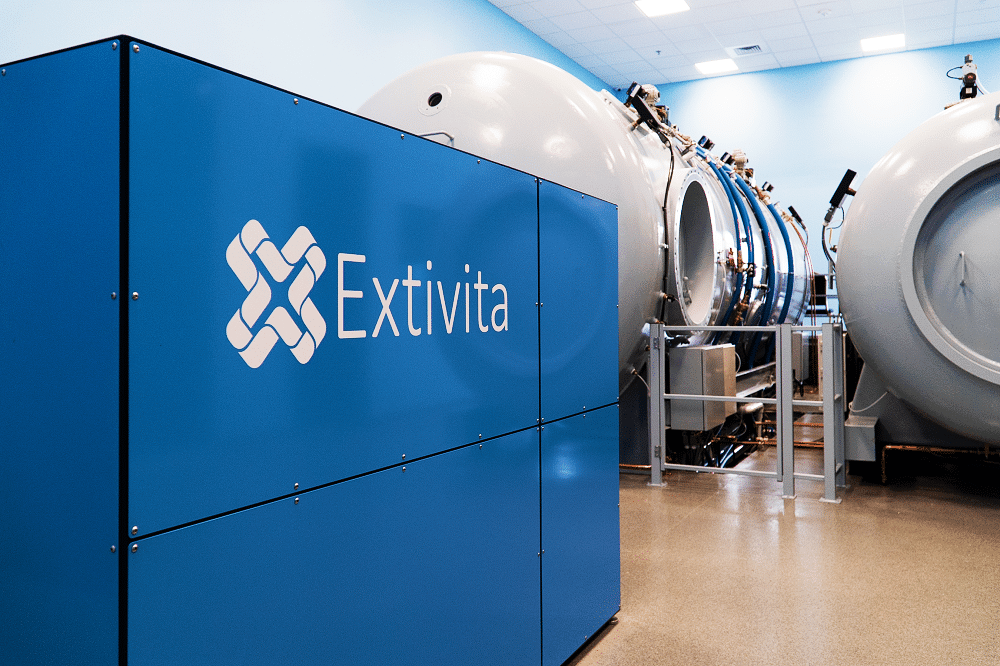
HBOT research in both human and animal models found that HBOT also reduces mitochondrial dysfunction in the brain and spinal cord(8-9). Lastly, research suggests that HBOT can promote axonal regeneration, which could stimulate motor neuron healing and improve ALS symptoms(10).
Effects of HBOT on ALS:
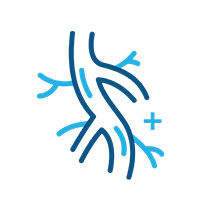
New Blood Vessel Formation
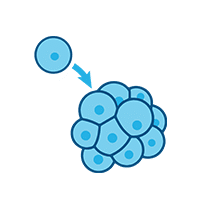
Increased Stem Cell Activity
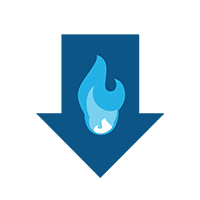
Decreased Inflammation
IV Therapy for ALS:
We highly recommend our glutathione (GSH), Myer’s cocktail, and NAD+ IVs for managing the symptoms and progression of ALS. GSH is a powerful antioxidant whose levels have been shown to be decreased in ALS(11). Without appropriate GSH, your cells at an increased risk of damage from oxidative stress. Additionally, there is substantial evidence indicating that oxidative stress accelerates mitochondrial dysfunction and cellular damage in people with ALS(11). By replenishing GSH levels with an IV, one can improve their body’s ability to protect its cells and manage ALS progression.
Vitamin C (part of the Myer’s Cocktail) is also an antioxidant, meaning it removes reactive oxygen species (ROS) and therefore effectively reduces oxidative stress. In fact, vitamin C and the vitamin B family (both in the Myer’s Cocktail) have been shown to exert protection against ALS(12). Lastly, NAD+ plays a key role in mitochondrial function, DNA repair, and detoxification and has been shown to slow the progression of ALS (11, 13).
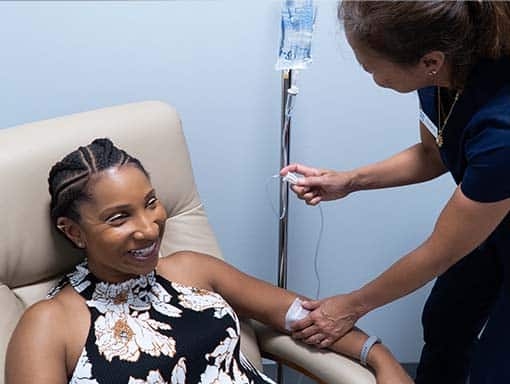
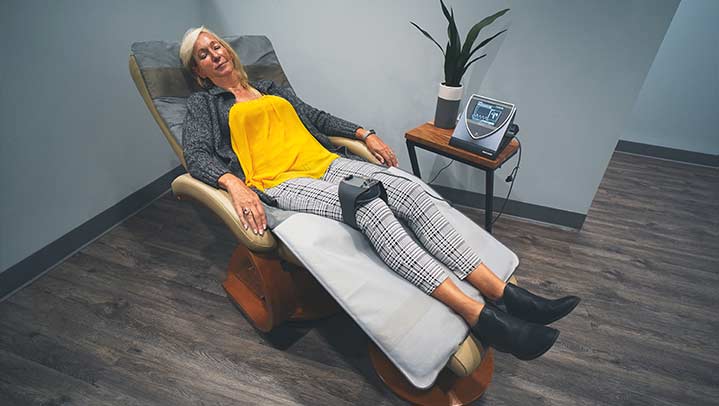
Pulsed Electromagnetic Field Therapy for ALS:
We recommend pulsed electromagnetic field (PEMF) therapy due to its supportive healing effects for those with ALS. PEMF therapy has been shown to reduce inflammation and oxidative stress, two key contributors to ALS pathogenesis(14-18). There is also evidence to suggest that PEMF therapy can improve tissue regeneration(14). This may help stimulate healing in the motor neurons that deteriorate in ALS. Since PEMF therapy is incredibly low-risk, non-invasive, and relatively quick (sessions last 20 minutes at the most), we recommend it to nearly all patients receiving care for ALS at Extivita.
Recent ALS News & Research:
Association Between Vitamins and Amyotrophic Lateral Sclerosis: A Center-Based Survey in Mainland China
Abstract To date, conflicting results about the role of vitamins in amyotrophic lateral sclerosis (ALS) have been reported along with a lack of systematic studies on all types of serum vitamins in patients with ALS. Moreover, extensive studies have been conducted on...
Evaluation of the NAD + biosynthetic pathway in ALS patients and effect of modulating NAD + levels in hSOD1-linked ALS mouse models
Abstract Amyotrophic lateral sclerosis (ALS) is characterized by progressive degeneration of motor neurons. Astrocytes from diverse ALS models induce motor neuron death in co-culture. Enhancing NAD+ availability, or increasing the expression of the NAD+-dependent...
ALS Genetics, Mechanisms, and Therapeutics: Where Are We Now?
Abstract The scientific landscape surrounding amyotrophic lateral sclerosis (ALS) continues to shift as the number of genes associated with the disease risk and pathogenesis, and the cellular processes involved, continues to grow. Despite decades of intense research...
References
- Rowland, L. P., and N. A. Shneider. “Amyotrophic Lateral Sclerosis.” The New England Journal of Medicine, vol. 344, no. 22, May 2001, pp. 1688–700. PubMed, doi:10.1056/NEJM200105313442207.
- Chio, Adriano, et al. “Prognostic Factors in ALS: A Critical Review.” Amyotrophic Lateral Sclerosis : Official Publication of the World Federation of Neurology Research Group on Motor Neuron Diseases, vol. 10, no. 5–6, 2009, pp. 310–23. PubMed Central, doi:10.3109/17482960802566824.
- Mejzini, Rita, et al. “ALS Genetics, Mechanisms, and Therapeutics: Where Are We Now?” Frontiers in Neuroscience, vol. 13, Dec. 2019, p. 1310. PubMed Central, doi:10.3389/fnins.2019.01310.’
- Petrov, Dmitry, et al. “ALS Clinical Trials Review: 20 Years of Failure. Are We Any Closer to Registering a New Treatment?” Frontiers in Aging Neuroscience, vol. 9, Mar. 2017, p. 68. PubMed Central, doi:10.3389/fnagi.2017.00068.
- Sawada, Hideyuki. “Clinical Efficacy of Edaravone for the Treatment of Amyotrophic Lateral Sclerosis.” Expert Opinion on Pharmacotherapy, vol. 18, no. 7, May 2017, pp. 735–38. PubMed, doi:10.1080/14656566.2017.1319937.
- Lavrnja, Irena, et al. “Repetitive Hyperbaric Oxygenation Attenuates Reactive Astrogliosis and Suppresses Expression of Inflammatory Mediators in the Rat Model of Brain Injury.” Mediators of Inflammation, 2015, doi:https://doi.org/10.1155/2015/498405.
- Shapira, Ronit, et al. “Hyperbaric Oxygen Therapy Ameliorates Pathophysiology of 3xTg-AD Mouse Model by Attenuating Neuroinflammation.” Neurobiology of Aging, vol. 62, Feb. 2018, pp. 105–19. ScienceDirect, doi:10.1016/j.neurobiolaging.2017.10.007.
- Palzur, Eilam, et al. “Neuroprotective Effect of Hyperbaric Oxygen Therapy in Brain Injury Is Mediated by Preservation of Mitochondrial Membrane Properties.” Brain Research, vol. 1221, July 2008, pp. 126–33. PubMed, doi:10.1016/j.brainres.2008.04.078.
- Dave, K. R., et al. “Hyperbaric Oxygen Therapy Protects against Mitochondrial Dysfunction and Delays Onset of Motor Neuron Disease in Wobbler Mice.” Neuroscience, vol. 120, no. 1, Aug. 2003, pp. 113–20. ScienceDirect, doi:10.1016/S0306-4522(03)00244-6.
- Kuffler, Damien P. “The Role of Hyperbaric Oxygen Therapy in Enhancing the Rate of Wound Healing with a Focus on Axon Regeneration.” Puerto Rico Health Sciences Journal, vol. 30, no. 1, Mar. 2011, pp. 35–42. https://www.ncbi.nlm.nih.gov/pubmed/21449496
- Cunha-Oliveira, Teresa et al. “Oxidative Stress in Amyotrophic Lateral Sclerosis: Pathophysiology and Opportunities for Pharmacological Intervention.” Oxidative medicine and cellular longevity vol. 2020 5021694. 15 Nov. 2020, doi:10.1155/2020/5021694
- Wang, Mengli et al. “Association Between Vitamins and Amyotrophic Lateral Sclerosis: A Center-Based Survey in Mainland China.” Frontiers in neurology vol. 11 488. 18 Jun. 2020, doi:10.3389/fneur.2020.00488
- B. A. Harlan, K. M. Killoy, M. Pehar, L. Liu, J. Auwerx, and M. R. Vargas, “Evaluation of the NAD(+) biosynthetic pathway in ALS patients and effect of modulating NAD(+) levels in hSOD1-linked ALS mouse models,” Experimental Neurology, vol. 327, p. 113219, 2020.
- Ross, Christina L., et al. “The Use of Pulsed Electromagnetic Field to Modulate Inflammation and Improve Tissue Regeneration: A Review.” Bioelectricity, vol. 1, no. 4, Mary Ann Liebert, Inc., publishers, Dec. 2019, pp. 247–59. liebertpub.com (Atypon), doi:10.1089/bioe.2019.0026.
- Zou, Jun, et al. “Effect of a Low-Frequency Pulsed Electromagnetic Field on Expression and Secretion of IL-1β and TNF-α in Nucleus Pulposus Cells.” Journal of International Medical Research, vol. 45, no. 2, SAGE Publications Ltd, Apr. 2017, pp. 462–70. SAGE Journals, doi:10.1177/0300060516683077.
- Selvam, Ramasamy, et al. “Low Frequency and Low Intensity Pulsed Electromagnetic Field Exerts Its Antiinflammatory Effect through Restoration of Plasma Membrane Calcium ATPase Activity.” Life Sciences, vol. 80, no. 26, June 2007, pp. 2403–10. ScienceDirect, doi:10.1016/j.lfs.2007.03.019.
- Cichoń, Natalia, et al. “Extremely Low Frequency Electromagnetic Field Reduces Oxidative Stress during the Rehabilitation of Post-Acute Stroke Patients.” Advances in Clinical and Experimental Medicine, vol. 27, no. 9, 9, Wroclaw Medical University, 2018, pp. 1285–93. www.advances.umed.wroc.pl, doi:10.17219/acem/73699.
- Ehnert, Sabrina, et al. “Extremely Low Frequency Pulsed Electromagnetic Fields Cause Antioxidative Defense Mechanisms in Human Osteoblasts via Induction of •O 2 − and H 2 O 2.” Scientific Reports, vol. 7, no. 1, Nov. 2017, p. 14544. www.nature.com, doi:10.1038/s41598-017-14983-9.

